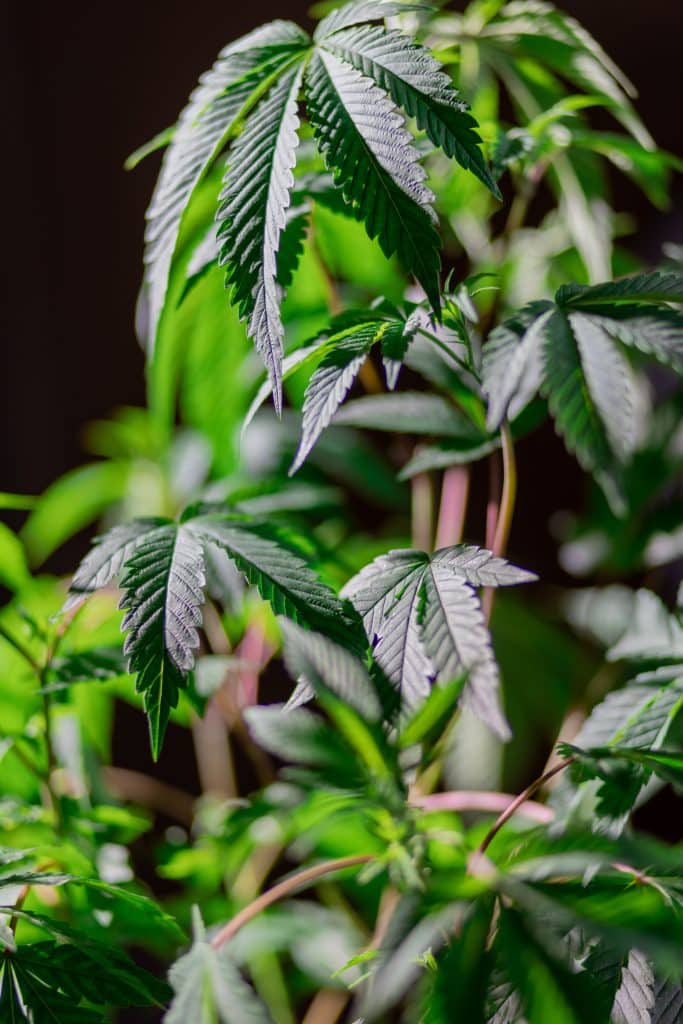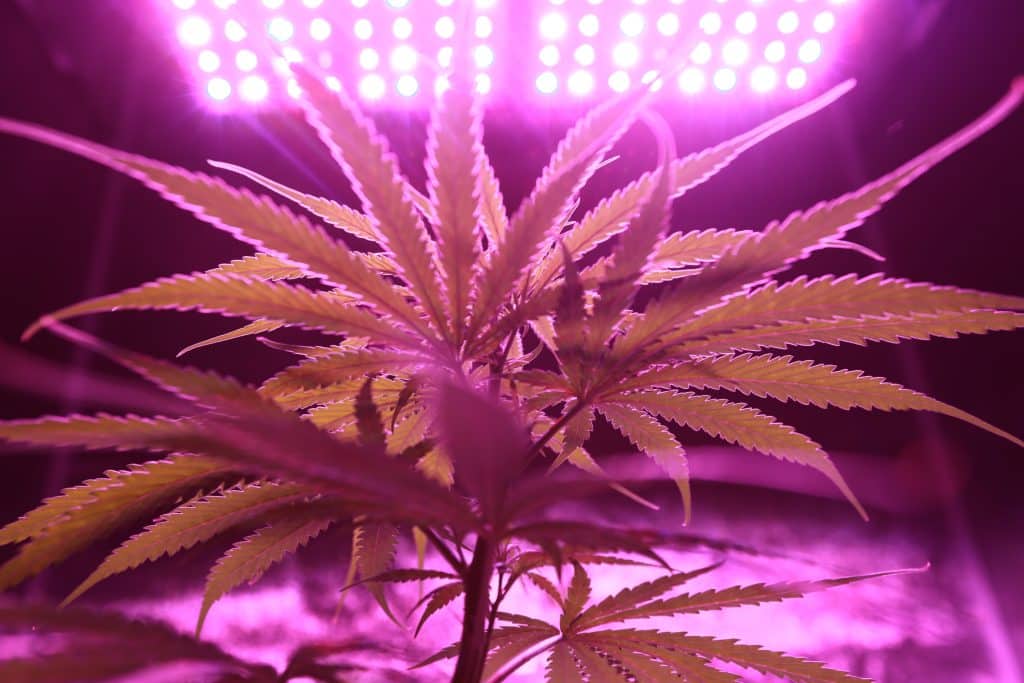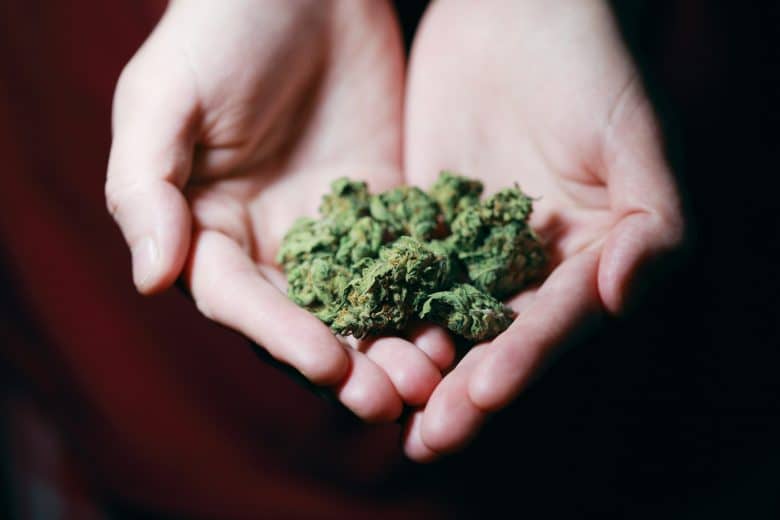Starting any business venture can be exciting, but it also involves a significant learning curve if you’re a beginner in your field. It takes time to understand the expectations, industry standards, and factors influencing your business operations.
Starting in the cannabidiol (CBD) industry comes with distinct challenges. While Statista reports this industry generated $845 million in the United States in 2019, experts project the industry will be worth over $1.9 billion by 2022. The high demand for quality CBD products is attracting entrepreneurs to this business sector, increasing competition. As a beginner, you can use the tips outlined here to grow CBD hemp successfully.
Do your homework
Hemp plants are cousins to marijuana plants, causing many people to mistakenly assume hemp is a source of an illegal substance. Marijuana plants have more than 0.3 percent delta-9-tetrahydrocannabinol (THC), which is why people can get high smoking marijuana. However, hemp plants have 0.3 percent THC and cannot get people high. Despite this, hemp production was illegal in the United States for many decades. Within the past decade, laws have changed, but CBD laws vary from state to state, making it crucial for anyone in the CBD industry to understand how states’ laws could impact their business practices. Hemp may not produce a high, but it’s still crucial anyone planning to use cannabidiol products consult their physician to ensure it won’t conflict with any medications they use.

Hemp growers should take time to research plants and hemp products to ensure they choose the best seeds for growing hemp. Crop King Seeds sell dozens of cannabis seed strains, enabling you to select between strains and grow the types of plants suited to your business goals. Crop King Seeds have several years of experience in the industry and have cultivated strains based on consumer demand. You can get started by selecting strains that are easy to grow, such as Candy Cane Autoflower Seeds and Cali Kush CBD Indica Marijuana Seeds. Cali Kush is an Indica strain that grows faster than Sativa plants, enabling you to maximize production. Understanding the benefits of each strain, how easily they can be grown indoors, and their typical production time can help you make sound product choices when you’re starting.
Develop a business plan and apply for financing
Your research can help you identify the type of consumers you want to target and develop a budget outlining your start-up costs and ongoing monthly expenses. Learning about the industry ensures you’re familiar with your products’ retail values, enabling you to develop revenue projections.
Use this information to create a business plan and apply for loans. The U.S. Small Business Administration (SBA) offers information about business loans and how to secure financing to launch your enterprise.
Invest in your resources
Every business venture involves utilizing resources, and choosing superior resources can improve product quality. For example, investing in nutrient-rich soil is crucial for healthy plant production. Investing in powerful LED grow lights enables you to manage energy costs while ensuring your plants get enough light to grow.

Your plants also benefit from clean air. Air pollutants can impair your plants’ growth rates, so investing in clean air technology eliminates toxins that can harm your plants. Using a high-efficiency particulate air (HEPA) filter is an effective way to remove over 99 percent of bacteria, mold, allergens, and dust from your indoor air. Upper-room Germicidal Ultraviolet (UR GUV) systems use ultraviolet light to kill bacteria, viruses, and mold.
Prioritize your ongoing education
Launching any venture involves learning, and the learning doesn’t stop once you open your doors. It’s crucial to stay informed about new products, new sales opportunities, and laws impacting your business practices. You should also evaluate your growing process to determine how to yield desirable results from your crops.
Understanding the cannabidiol hemp industry helps you prepare to grow hemp plants. Investing in resources that support plant growth ensures you produce quality plants.












Leave a Reply